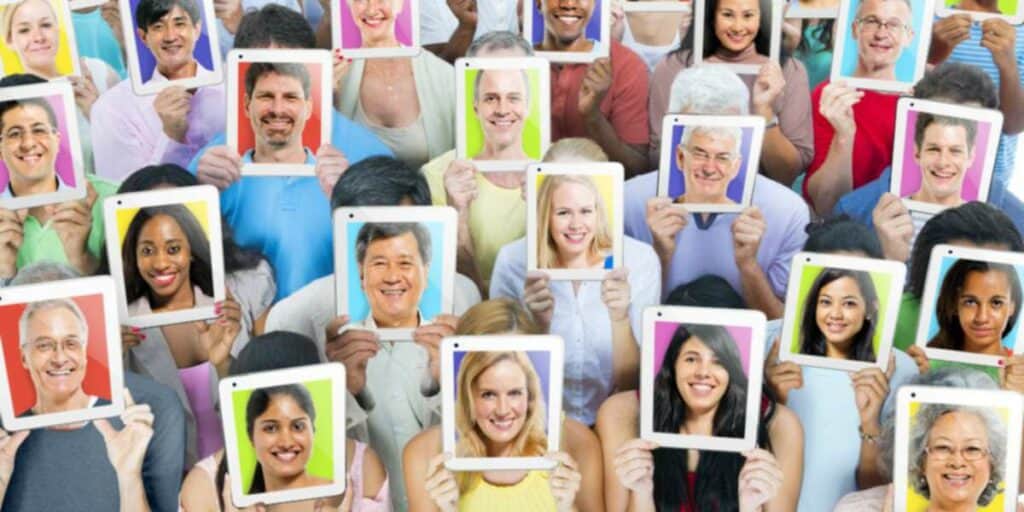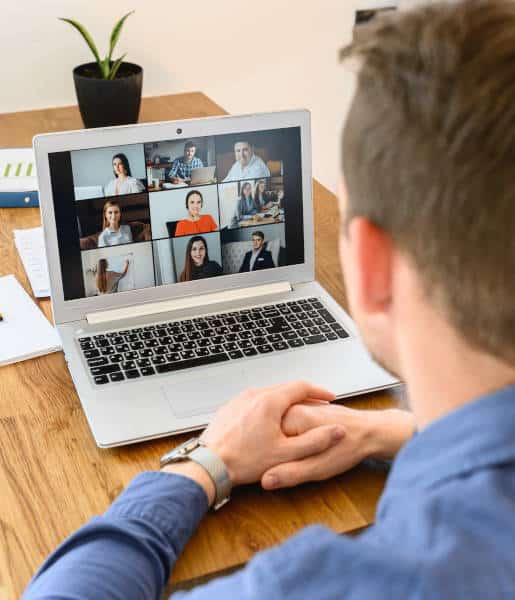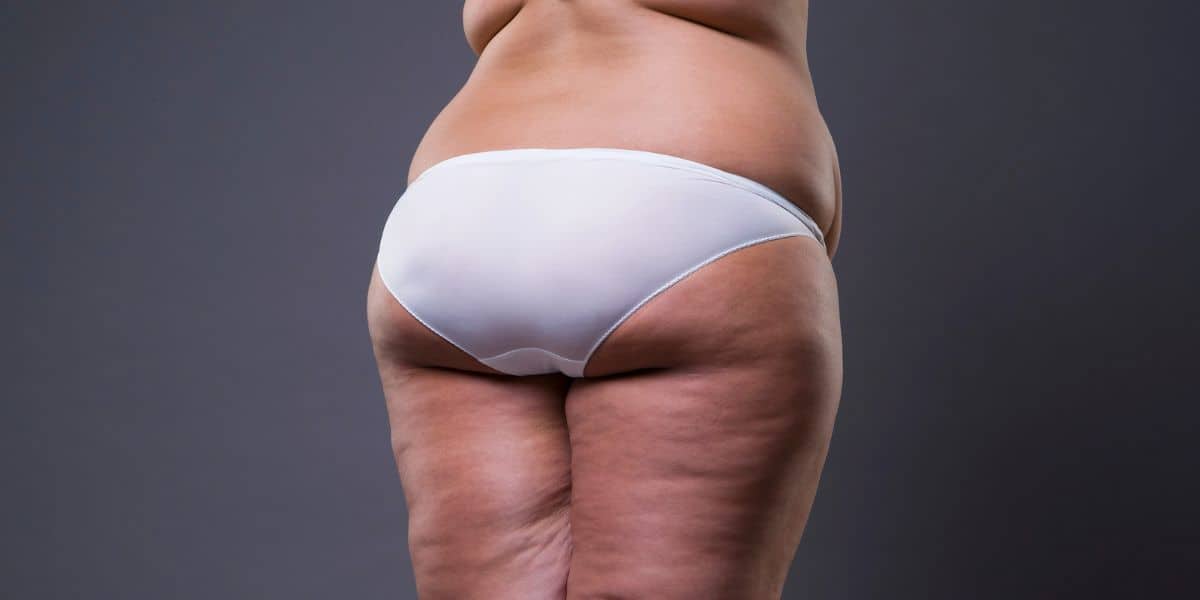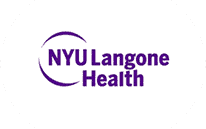Dr. Saber’s Blog
The “Instaface Effect”: How Social Media Shapes Plastic Surgery Expectations
Remember the Dark Ages of… 2010? When photo editing required an expensive Photoshop license and at least some training, alongside a few hours of tweaks and airbrushing? Nowadays, most people carry enough processing power in their pockets to eliminate their acne, blur any expression lines, and give themselves a thinner profile – within minutes!
Professional-level filters are no longer the exclusive privilege of models and media personalities. Our social media feeds are full of colleagues, classmates, and neighbors who now look inhumanely smooth-skinned, eternally young, and permanently ready for a catwalk. And while we know none of it is real, it’s easy to forget what real faces are supposed to look like.
Researchers are still examining how this constant bombardment of unnaturally perfect faces affects people, but we’re here to talk about how it affects plastic surgery.

How does social media influence plastic surgery?
Plastic surgery has always seen its share of celebrity worship. Pretty much every plastic surgeon in the country has had one patient who requests “Nicole Kidman’s nose” or “Tom Cruise’s chin.” Sometimes, these surgeries are ill-advised, as Nicole’s nose will not fit every face, but with a few tweaks and a genuinely caring cosmetic surgeon, patients could eventually attain graceful and natural results for their rhinoplasty.
Yet, over the past two years, we’ve seen how social media promotes plastic surgery much more directly, but without the backing of “real faces.” Patients moved away from genetically blessed Hollywood royalty and began taking their cues from newly famous social media influencers or even their own edited selfies.
Even regulatory bodies are now taking notice. According to the American Academy of Facial Plastic and Reconstructive Surgery, in 2020, 72% of cosmetic surgeons saw patients who “wanted to look better in selfies” coming for consultations. In 2021, a survey study by the American Society of Plastic Surgeons showed that nearly half of all patients reported social media played a role in their decision to seek plastic surgery.
The curious factor? Most selfie-editing apps have been around since at least 2018. So what changed? Different experts point to four different factors that have changed how social media promotes plastic surgery.
1. Ambitious and easy-to-use filters are now ubiquitous
And most of us have gotten better at using them!
In the beginning, “beauty filters” were confined to Snapchat, and most offered slightly unnatural ways to add make-up when you were wearing none. However, now most social media platforms allow you to crosspost what you edited on one app across all your social media handles, and the editing options are becoming much more sophisticated.
Through smart “shadow and light” alterations, it’s now easy to alter your nose profile and imitate lip fillers. Plus, even if you weren’t an early adopter, these options are now old enough that we’ve gotten used to the way our faces look with them.
2. The lockdown isolated us from the faces we love
Often, a key ingredient of self-esteem and body satisfaction is the way we compare ourselves with both others and the version of ourselves we would like to be. We can now see, in very physical terms, how we would look without all our real or imagined flaws.
This would’ve been tricky by itself, but then the lockdown happened. Depending on your situation, you may have spent anywhere from three weeks to two years isolated from the wider world or keeping your in-person contact to a minimum — in some areas, immunocompromised people are still stuck in isolation. This meant two things:
- Our use of social media skyrocketed, as it was often the only way to keep in touch.
- We spent a while seeing the “best version” of our friends and family, but without access to the real deal.
After a few weeks, it became just too easy to forget that our friends also have acne and expression lines. Plus, for many of us, the lockdown was a stressful and frightening period. We may be paying the mental health bill for it for years to come. When we are surrounded by endless uncertainty and uncontrollable circumstances, it’s only natural to seek to control what little we can and to seek comfort in familiar details.

3. Work-from-home put us in an unfavorable light
Nobody looks good on a Zoom or Google Meet camera. Unlike TikTok and Instagram, these were created to be efficient and professional, so they didn’t have access to the brushing tools we’ve become used to.
Suddenly, we’re all looking at our disheveled, poorly lit reflections every day for long stretches of time. Granted, your priority during a work meeting or classroom lecture may have been on the data being presented, but if you found your eyes diverting to your miniature, horrified by your “new” jowls or “terrible” complexion, you are not alone.
4. Big industry names brought a new wave of acceptance
Cosmetic procedures have been around for decades, but most of the time, they were seen as a dirty little secret. Actors and artists were very careful about denying any use of Botox and thanking their personal trainers for the effects of liposuction. The process behind cosmetic surgery consultations or recovery times was shrouded in secrecy, making them feel distant and extreme.
In what’s probably one of the most positive recent developments when it comes to bodily acceptance, many celebrities have opened up about their experiences with plastic surgery. Kaley Cuoco matter-of-factly framed her breast augmentation as a “career investment,” while designer Marc Jacobs gave us very intimate access to his latest facial plastic surgery.
The new acceptance of cosmetic surgery brought about more information and a much-needed dose of realism to the equation. The trend then spilled over across each social network’s influencers. A quick search for the “plastic surgery” hashtag on Instagram, for example, will result in over 6 million results. Many of these show before-and-after comparisons for many common procedures.
CALL (818) 770-7050 OR CLICK HERE TO SCHEDULE ONLINE
Social media and plastic surgery statistics
To gain the full picture of how social media is driving plastic surgery among millennials, we should look at numbers. Here, we can see that the plastic surgery increase due to social media has also changed the types of treatments people now choose.
Which plastic surgery is the most popular? To ensure we are comparing apples to apples, let’s divide this answer between more invasive procedures and minor aesthetic treatments.
Top cosmetic surgical procedures in 2022
Nowadays, the #1 plastic surgery in the US is the BBL or Brazilian Butt Lift. This increase cannot be completely attributed to social media, as it also reflects a larger shift in society’s beauty standards. Plus, in recent months, BBL repairs and reversals have become their own hashtag categories, and the public at large has become more aware of the dangers of “combined procedures” (which involve liposuction and a fat transfer, either to the buttocks or the breast).
The effect of social media is more evident for facial plastic surgeons. Selfies and webcam reels are now our main way to expose ourselves, and many trending procedures aim to improve our facial contours directly:
- Rhinoplasties or “nose jobs” are old friends in the field, but have risen by 10% in the past year.
- Platysmaplasty, also known as a neck lift or chin tucks, helps your overall face look slimmer.
- Eyelid surgeries, mostly aimed at making eyes look wider.
- Browplasties, which may involve just a brow lift or a full forehead lift to rejuvenate the top third of the face.
Which cosmetic treatments are on the rise?
By and large, non-surgical cosmetic treatments are less costly, require shorter recovery times, and offer temporary effects. In addition, many of them are offered by “aesthetic centers” run by cosmetologists rather than board-certified plastic surgeons, although the legality and safety of this practice are murky at best.
All these factors make it harder to put accurate numbers on them — we know they’re more popular, but we can’t tell the true extent of the trend. This category also includes some long-time classics, such as Botox and lip fillers, as well as some newer high-tech options:
- Platelet-rich plasma, to temporarily erase some expression lines.
- “Liquid facelifts” use dermal fillers rather than internal stitches.
- Kybella injections to get rid of a double chin.
- Microneedling can make the skin look supple and firm again.
The dark side: Are social media influencers harming our mental health?
Anxiety, uncertainty, and unrealistic expectations can destroy your body image, especially when they go unrecognized and are constantly nurtured by deceptive, heavily-edited pictures. And while seeking to improve yourself is not bad, it can be taken too far.
Lately, many mental health experts are now warning us about the possibility of “Snapchat dysmorphia:” the emerging obsession with making your real face look just like a Snapchat filter.
Remember what’s possible and what’s real
When we look at someone’s perfect selfie, we are often not seeing how long that person took to retake the picture and find the best angle. For influencers, the pressure to always look perfect can hide contradictory results: if you look carefully, you can easily spot the same person with three different noses on the same day.
Why? Because these are all created with filters, not with actual changes in bone structure. Each nose will look perfect at its given angle, but none of them are real. Think of them as a “contouring mask” rather than something that will require a plastic surgeon. Unfortunately, some unscrupulous surgeons will still promise any result you want, with little regard to the permanent results they can actually achieve.
And yet, the constant chase for the “Instaperfect face” can devolve into body dysmorphic disorder — a complex mental health condition, which according to the Journal of the American Medical Association (JAMA), is also on the rise across all demographics. Even PubMed searches, dry as they usually are, now list “selfie dysmorphia” and “Zoom dysmorphia” in their titles, especially if you look for post-2020 publications.
Looking for facial plastic surgeons near LA? Get a first-class assessment from Dr. Saber
Aesthetic plastic surgery is at its best when subtle and natural-looking. This means that every procedure should be tailored to your specific bone structure.
For Dr. Sepideh Saber, this provides an opportunity to study each patient’s goals and unique fears. She is a board-certified plastic surgeon with extensive experience in facial procedures, liposuction, and reconstructive surgery. Her training began at Stanford University and was then completed with successive residences and fellowships at the University of Southern California and New York University.
Beyond her clinical expertise, one of the key aspects of her work is her deep empathy and aesthetic sense. Many times, patients come to her looking for more than just a cosmetic fix, but a chance to begin anew or to round up a larger process of self-improvement.
To request a consultation, call (877) 205-4100 or schedule a consultation online.
We serve patients in Encino, Woodland Hills, Sherman Oaks, Calabasas, Burbank, Glendale, Hidden Hills, Agoura Hills, Northridge, North Hollywood, Malibu, Topanga, Canoga Park, Reseda, Valley Glen, Chatsworth, West Hills, Winnetka, Universal City, Bel Air, Beverly Hills, Downtown Los Angeles, Silverlake, and Echo Park.
- The Skinny on BBL Sagging: Why It Happens and How to Prevent It - April 29, 2025
- Recovering From a Mommy Makeover: Dr. Saber’s Week-by-Week Guide - November 29, 2024
- Male Chin Augmentation: Is it For You? - October 25, 2024
























